1.
Introduction
Fractional differential equations (FDEs) provide many mathematical models in physics, biology, economics, and chemistry, etc [1,2,3,4]. In fact, it consists of many integrals and derivative operators of non-integer orders, which generalize the theory of ordinary differentiation and integration. Hence, a more general approach is allowed to calculus and one can say that the aim of the FDEs is to consider various phenomena by studying derivatives and integrals of arbitrary orders. For intercalary specifics about the theory of FDEs, the readers are referred to the books of Kilbas et al.[2] and Podlubny [4]. In the literature, several concepts of fractional derivatives have been represented, consisting of Riemann-Liouville, Liouville-Caputo, generalized Caputo, Hadamard, Katugampola, and Hilfer derivatives. The Hilfer fractional derivative [5] extends both Riemann-Liouville and Caputo fractional derivatives. For applications of Hilfer fractional derivatives in mathematics and physics, etc see [6,7,8,9,10,11]. For recent results on boundary value problems for fractional differential equations and inclusions with the Hilfer fractional derivative see the survey paper by Ntouyas [12]. The ψ-Riemann-Liouville fractional integral and derivative operators are discussed in [1], while the ψ-Hilfer fractional derivative is discussed in [13]. Recently, the notion of a generalized proportional fractional derivative was introduced by Jarad et al. [14,15,16]. For some recent results on fractional differential equations with generalized proportional derivatives, see [17,18].
In [19], an existence result was proved via Krasnosel'ski˘i's fixed-point theorem for the following sequential boundary value problem of the form
where HDω,ς,ψ indicates the ψ-Hilfer fractional derivative of order ω∈{α,β}, with 0<α≤1, 1<β≤2, 0≤ς<1, Iνi;ψ is the ψ-Riemann–Liouville fractional integral of order νi>0, for i=1,2,…,n, hi∈C([0,1]×R,R), for i=1,2,…,n, ϕ∈C([0,1]×R,R∖{0}), Υ∈C([0,1]×R,R), τ∈R and ζ∈(a,b). In [16], the consideration of Hilfer-type generalized proportional fractional derivative operators was initiated.
Coupled systems of fractional order are also significant, as such systems appear in the mathematical models in science and engineering, such as bio-engineering [20], fractional dynamics [21], financial economics [22], etc. Coupled systems of FDEs with diverse boundary conditions have been the focus of many researches. In [23], the authors studied existence and Ulam-Hyers stability results of a coupled system of ψ-Hilfer sequential fractional differential equations. Existence and uniqueness results are derived in [24] for a coupled system of Hilfer-Hadamard fractional differential equations with fractional integral boundary conditions. Recently, in [25] a coupled system of nonlinear fractional differential equations involving the (k,ψ)-Hilfer fractional derivative operators complemented with multi-point nonlocal boundary conditions were discussed. Moreover, Samadi et al. [26] have considered a coupled system of Hilfer-type generalized proportional fractional differential equations.
In this article, motivated by the above works, we study a coupled system of ψ-Hilfer sequential generalized proportional FDEs with boundary conditions generated by the problem (1.1). More precisely, we consider the following coupled system of nonlinear proportional ψ-Hilfer sequential fractional differential equations with multi-point nonlocal boundary conditions of the form
where HDν,ϑ1;ς;ψ denotes the ψ-Hilfer generalized proportional derivatives of order ν∈{ν1,ν2,ν3,ν4}, with parameters ϑl, 0≤ϑl≤1, l∈{1,2,3,4}, ψ is a continuous function on [t1,t2], with ψ′(w)>0, pIη,ς,ψ is the generalized proportional integral of order η>0, η∈{ηi,ηj}, θ1,θ2∈R, ξ1,ξ2∈[t1,t2], Φ1,Φ2∈C([t1,t2]×R×R,R∖{0}) and Hi,Gj,Υ1,Υ2∈C([t1,t2]×R×R,R), for i=1,2,…,n and j=1,2,…,m.
We emphasize that:
● We study a general system involving ψ-Hilfer proportional fractional derivatives.
● Our equations contain fractional derivatives of different orders as well as sums of fractional integrals of different orders.
● Our system contains nonlocal coupled boundary conditions.
● Our system covers many special cases by fixing the parameters involved in the problem. For example, taking ψ(w)=w, it will reduce to a coupled system of Hilfer sequential generalized proportional FDEs with boundary conditions, while if ς=1, it reduces to a coupled system of ψ-Hilfer sequential FDEs. Besides, by taking Φ1,Φ2=1 in the problem (1.2), then we obtain the following new coupled system of the form:
In obtaining the existence result of the problem (1.2), first the problem (1.2) is converted into a fixed-point problem and then a generalization of Krasnosel'ski˘i's fixed-point theorem due to Burton is applied.
The structure of this article has been organized as follows: In Section 2, some necessary concepts and basic results concerning our problem are presented. The main result for the problem (1.2) is proved in Section 3, while Section 4 contains an example illustrating the obtained result.
2.
Preliminaries
In this section, we summarize some known definitions and lemmas needed in our results.
Definition 2.1. [17,18] Let ς∈(0,1] and ν>0. The fractional proportional integral of order ν of the continuous function F is defined by
Definition 2.2. [17,18] Let ς∈(0,1], ν>0, and ψ(w) is a continuous function on [t1,t2], ψ′(w)>0. The generalized proportional fractional derivative of order ν of the continuous function F is defined by
where n=[ρ]+1 and [ν] denotes the integer part of the real number ν, where Dn,ς,ψ=Dς,ψ⋯Dς,ψ⏟n−times.
Now the generalized Hilfer proportional fractional derivative of order ν of function F with respect to another function ψ is introduced.
Definition 2.3. [27] Let ς∈(0,1], F,ψ∈Cm([t1,t2],R) in which ψ is positive and strictly increasing with ψ′(w)≠0 for all w∈[t1,t2]. The ψ-Hilfer generalized proportional fractional derivative of order ν and type ϑ for F with respect to another function ψ is defined by
where n−1<ν<n and 0≤ϑ≤1.
Lemma 2.4. [27] Let m−1<ν<m,n∈N, 0<ς≤1, 0≤ϑ≤1 and m−1<γ<m such that γ=ν+mϑ−νϑ. If F∈C([t1,t2],R) and pI(m−γ,ς,ψ)F∈Cm([t1,t2],R), then
To prove the main result we need the following lemma, which concerns a linear variant of the ψ-Hilfer sequential proportional coupled system (1.2). This lemma plays a pivotal role in converting the nonlinear problem in system (1.2) into a fixed-point problem.
Lemma 2.5. Let 0<ν1,ν3≤1, 1<ν2,ν4≤2, 0≤ϑi≤1, γi=νi+ϑi(1−νi), i=1,3 and γj=νj+ϑj(2−νj), j=2,4, Θ=M1N2−M2N1≠0, ψ is a continuous function on [t1,t2], with ψ′(w)>0, and Q1,Q2∈C([t1,t2],R), Φ1,Φ2∈C([t1,t2]×R×R,R∖{0}) and Hi,Gj,Q1,Q2∈C([t1,t2]×R×R,R), for i=1,2,…,n and j=1,2,…,m, and pI(1−γi,ς,ψ)Qj∈Cm([t1,t2],R),i=1,2,3,4,j=1,2. Then the pair (p1,p2) is a solution of the system
if and only if
and
where
Proof. Due to Lemma 2.4 with m=1, we get
where c0,d0∈R. Now applying the boundary conditions
we get c0=d0=0. Hence
Now, by taking the operators pIν2,ς,ψ and pIν4,ς,ψ into both sides of (2.5) and using Lemma 2.4, we get
Applying the conditions p1(t1)=p2(t1)=0 in (2.6), we get c2=d2=0 since γ2∈[ν2,2] and γ4∈[ν4,2]. Thus we have
In view of (2.7) and the conditions p1(t2)=θ1p2(ξ1) and p2(t2)=θ2p1(ξ2), we get
and
Due to (2.3), (2.8), and (2.9), we have
where
By solving the above system, we conclude that
Replacing the values c1 and d1 in Eq (2.7), we obtain the solutions (2.1) and (2.2). The converse is obtained by direct computation. The proof is complete. □
3.
An existence result
Let Y=C([t1,t2],R)={p:[t1,t2]⟶Ris continuous}. The space Y is a Banach space with the norm ‖p‖=supw∈[t1,t2]|p(w)|. Obviously, the space (Y×Y,‖(p1,p2)‖) is also a Banach space with the norm ‖(p1,p2)‖=‖p1‖+‖p2‖.
Due to Lemma 2.5, we define an operator V:Y×Y→Y×Y by
where
and
To prove our main result we will use the following Burton's version of Krasnosel'ski˘i's fixed-point theorem.
Lemma 3.1. [28] Let S be a nonempty, convex, closed, and bounded set of a Banach space (X,‖⋅‖) and let A:X→X and B:S→X be two operators which satisfy the following:
(i) A is a contraction,
(ii) B is completely continuous, and
(iii) x=Ax+By,∀y∈S⇒x∈S.
Then there exists a solution of the operator equation x=Ax+Bx.
Theorem 3.2. Assume that:
(H1) The functions Φk:[t1,t2]×R2→R∖{0}, Υk:[t1,t2]×R2→R for k=1,2 and hi,gj:[t1,t2]×R2→R for i=1,2,…,n,j=1,2,…,m, are continuous and there exist positive continuous functions ϕk, ωk:[t1,t2]→R, k=1,2, hi:[t1,t2]→R, gj:[t1,t2]→R i=1,2,…,nj=1,2,…,m, with bounds ‖ϕk‖, ‖ωk‖, k=1,2, and ‖hi‖, i=1,2,…,m, ‖gj‖,j=1,2,…,m, respectively, such that
for all w∈[t1,t2] and ui,¯ui∈R, i=1,2.
(H2) There exist continuous functions Fk,Lk,k=1,2, λi,μj,i=1,2,…,n,j=1,2,…,m such that
for all w∈[t1,t2] and u1,u2∈R.
(H3) Assume that
where ‖Fk‖=supt∈[t1,t2]|Fk(t)|, ‖Lk‖=supt∈[t1,t2],k=1,2, ‖λi‖=supt∈[t1,t2], i=1,2,…,n, and ‖μj‖=supt∈[t1,t2], j=1,2,…,m.
Then the ψ-Hilfer sequential proportional coupled system (1.2) has at least one solution on [t1,t2].
Proof. First, we consider a subset S of Y×Y defined by S={(p1,p2)∈Y×Y:‖(p1,p2)‖≤r}, where r is given by
where
and
Let us define the operators:
and
Then we have
and
Also, we obtain
and
Moreover, we have
and
Finally, we get
and
Now we split the operator V as
with
and
In the following, we will show that the operators V1 and V2 fulfill the assumptions of Lemma 3.1. We divide the proof into three steps:
Step 1. The operators V1,1 and V2,1 are contraction mappings. For all (p1,p2),(¯p1,¯p2)∈Y×Y we have
Similarly we can find
Consequently, we get
which means that (V1,1,V2,1) is a contraction.
Step 2. The operator V2=(V1,2,V2,2) is completely continuous on S. For continuity of V1,2, take any sequence of points (pn,qn) in S converging to a point (p,q)∈S. Then, by the Lebesgue dominated convergence theorem, we have
for all w∈[t1,t2]. Similarly, we prove limn→∞V2,2(pn,qn)(w)=V2,2(p,q)(w) for all w∈[t1,t2]. Thus V2(pn,qn)=(V1,2(pn,qn),V2,2(pn,qn)) converges to V2(p,q) on [t1,t2], which shows that V2 is continuous.
Next, we show that the operator (V1,2,V2,2) is uniformly bounded on S. For any (p1,p2)∈S we have
Similarly we can prove that
Therefore ‖V1,2‖+‖V2,2‖≤Λ1+Λ2,(p1,p2)∈S, which shows that the operator (V1,2,V2,2) is uniformly bounded on S. Finally we show that the operator (V1,2,V2,2) is equicontinuous. Let τ1<τ2 and (p1,p2)∈S. Then, we have
where
As τ2−τ1→0, the right-hand side of the above inequality tends to zero, independently of (p1,p2). Similarly we have |V2,2(p1,p2)(τ2)−V2,2(p1,p2)(τ1)|→0 as τ2−τ1→0. Thus (V1,2,V2,2) is equicontinuous. Therefore, it follows by the Arzelá-Ascoli theorem that (V1,2,V2,2) is a completely continuous operator on S.
Step 3. We show that the third condition (iii) of Lemma 3.1 is fulfilled. Let (p1,p2)∈Y×Y be such that, for all (¯p1,¯p2)∈S
Then, we have
In a similar way, we find
Adding the previous inequalities, we obtain
As ‖(p1,p2)‖=‖p1‖+‖p2‖, we have that ‖(p1,p2)‖≤r and so condition (iii) of Lemma 3.1 holds.
By Lemma 3.1, the ψ-Hilfer sequential proportional coupled system (1.2) has at least one solution on [t1,t2]. The proof is finished. □
4.
An example
Let us consider the following coupled system of nonlinear sequential proportional Hilfer fractional differential equations with multi-point boundary conditions:
where
Next, we can choose ν1=1/3, ν2=5/4, ν3=2/3, ν4=7/4, ϑ1=1/5, ϑ2=2/5, ϑ3=3/5, ϑ4=4/5, ς=3/7, ψ(w):=logw=logew, t1=1/2, t2=7/2, θ1=2/5, and θ2=2/3. Then, we have γ1=7/15, γ2=31/20, γ3=13/15, γ4=39/20, M1≈0.1930945138, M2≈0.2307306625, N1≈0.1816223751, N2≈0.3208292984, and Θ≈0.02004452646. Now, we analyse the nonlinear functions in the fractional integral terms. We have
and
from which hi(w)=1/(i(w+i2)) and gj(w)=1/(j(w2+j2)), respectively. Both of them are bounded as
Therefore λi(w)=2/(w+i2) and μj=2/(w2+j2). Moreover, we have
and
For the two non-zero functions Φ1 and Φ2 we have
from which we get ‖ϕ1‖=1/26000, ‖ϕ2‖=1/25000, ‖F1‖=1/10400, ‖F2‖=9/100000, by setting ϕ1(w)=1/(100(10w+255)), ϕ2(w)=2/(5(2w+99)2), F1(w)=1/(40(10w+255)), and F2(w)=9/(10(2w+99)2), respectively.
Finally, for the nonlinear functions of the right sides in problem (4.1) we have
which give ω1(w)=1/(2(√w+1)), ω2(w)=1/(2(w2+4)) and
and
Therefore, using all of the information to compute a constant K in assumption (H3) of Theorem 3.2, we obtain
Hence, the given coupled system of nonlinear proportional Hilfer-type fractional differential equations with multi-point boundary conditions (4.1), satisfies all assumptions in Theorem 3.2. Then, by its conclusion, there exists at least one solution (p1,p2)(w) to the problem (4.1) where w∈[1/2,7/2].
5.
Conclusions
In this paper, we have presented the existence result for a new class of coupled systems of ψ-Hilfer proportional sequential fractional differential equations with multi-point boundary conditions. The proof of the existence result was based on a generalization of Krasnosel'ski˘i's fixed-point theorem due to Burton. An example was presented to illustrate our main result. Some special cases were also discussed. In future work, we can implement these techniques on different boundary value problems equipped with complicated integral multi-point boundary conditions.
Use of AI tools declaration
The authors declare that they have not used artificial intelligence (AI) tools in the creation of this article.
Acknowledgments
This research was funded by the National Science, Research and Innovation Fund (NSRF) and King Mongkut's University of Technology North Bangkok with contract no. KMUTNB-FF-66-11.
Conflict of interest
Professor Sotiris K. Ntouyas is an editorial board member for AIMS Mathematics and was not involved in the editorial review or the decision to publish this article. The authors declare no conflicts of interest.











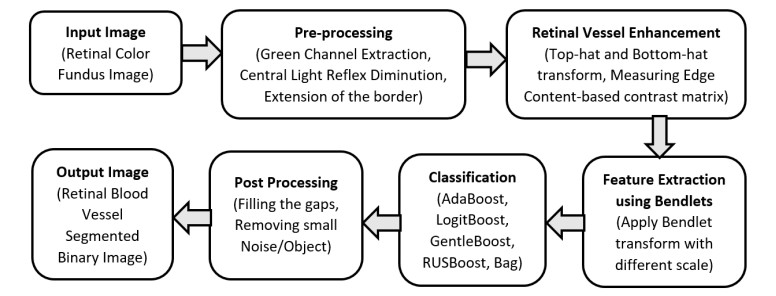
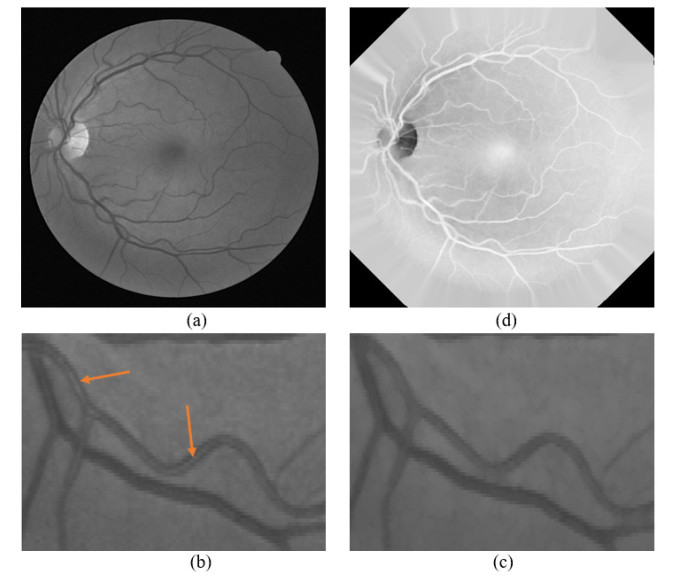
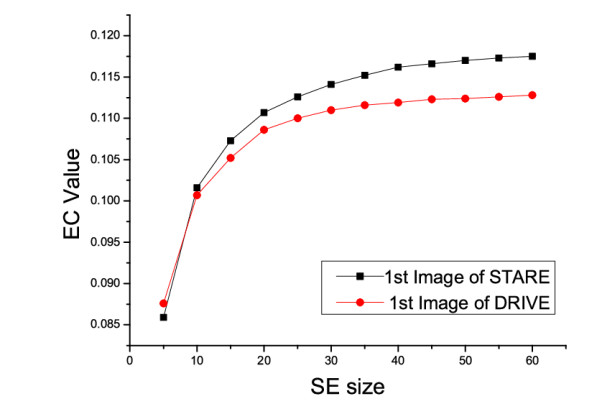





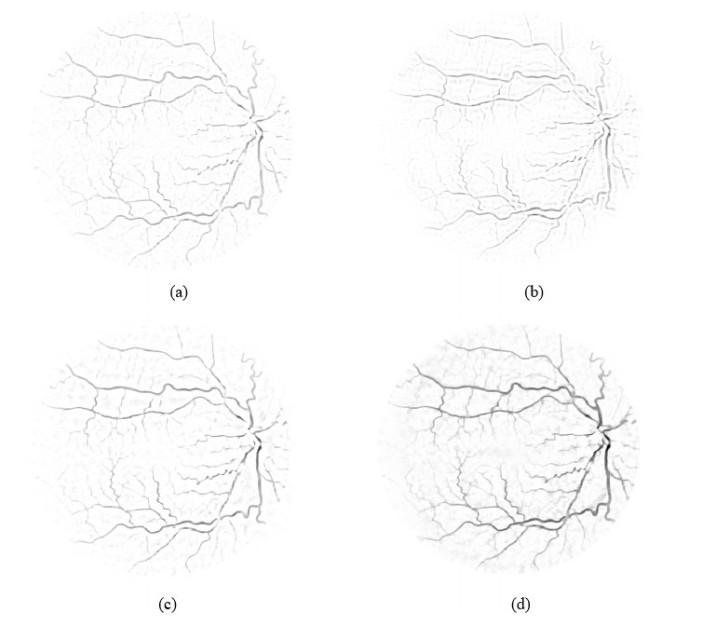

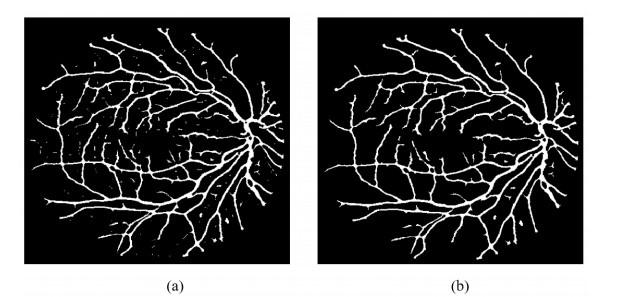
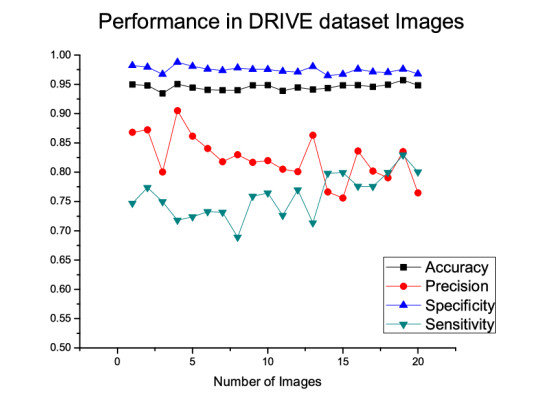
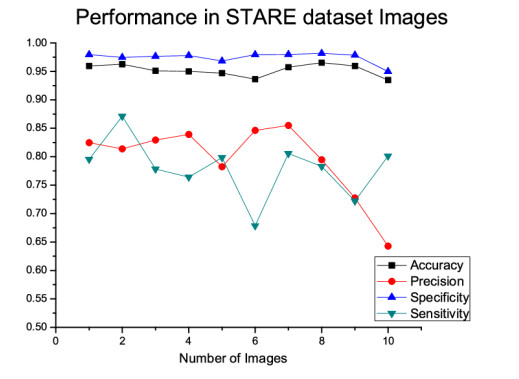



 DownLoad:
DownLoad: